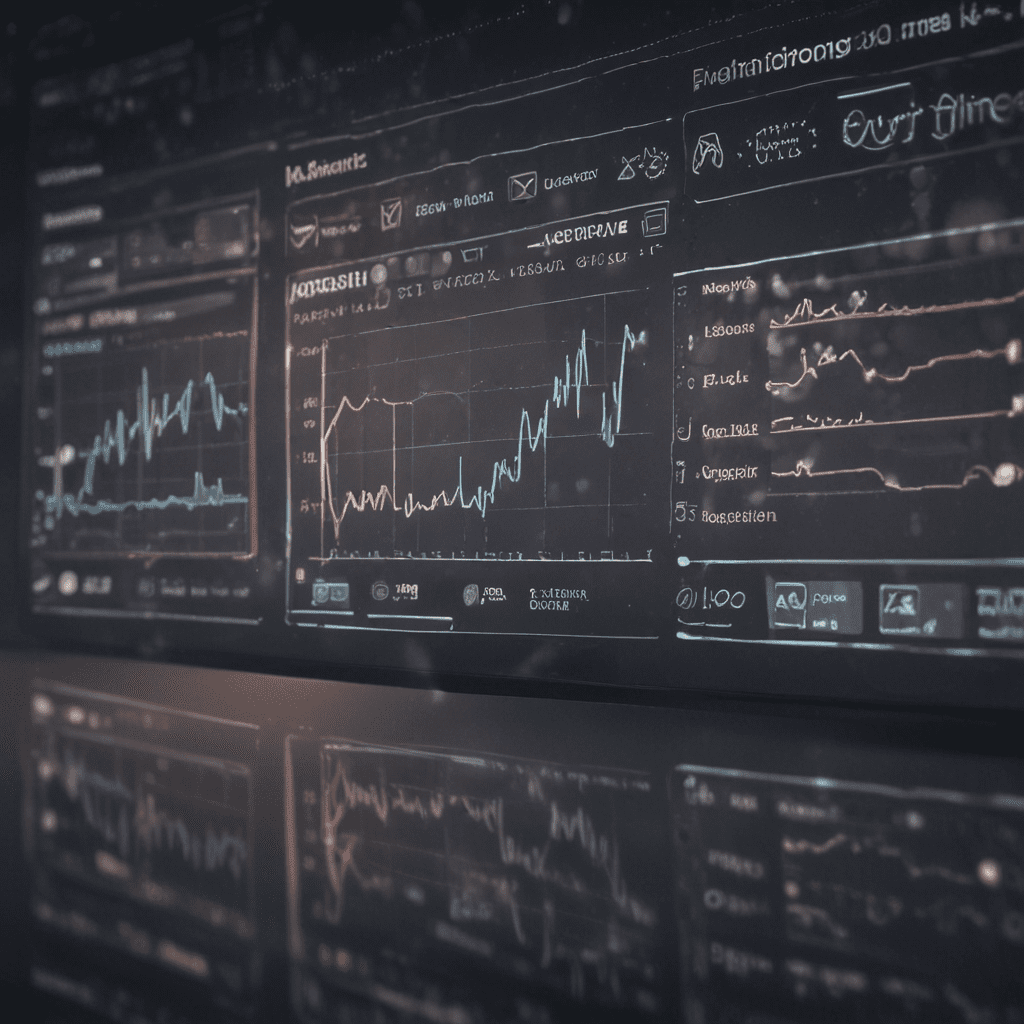The Future of User Experience (UX) Design in Extended Reality
1. Emergence of XR Technologies
Extended reality (XR) encompasses virtual reality (VR), augmented reality (AR), and mixed reality (MR). These technologies seamlessly blend the physical and digital worlds, creating immersive and interactive experiences. XR is rapidly evolving, with advancements in hardware, software, and content driving its adoption. As XR devices become more accessible and affordable, they are poised to revolutionize various industries and аспекты of daily life.
2. Immersive and Interactive Experiences
UX design in XR is fundamentally about creating experiences that are deeply immersive and engaging. VR headsets transport users to virtual worlds, while AR and MR devices overlay digital content onto the real environment. This enables designers to create experiences that transcend the limitations of traditional interfaces, allowing users to interact with digital content in a more natural and intuitive way.
3. Blending the Physical and Digital
XR technologies blur the lines between the physical and digital realms. By superimposing digital information onto the real world, AR and MR create hybrid environments where users can interact with both physical and virtual objects simultaneously. This capability opens up possibilities for innovative applications, such as interactive gaming, educational simulations, and industrial design.
4. Personalized and Adaptive Interfaces
XR experiences can be highly personalized to individual users. By leveraging sensors and tracking data, XR devices can gather information about a user's physical characteristics, preferences, and behaviors. This data can be used to adapt the user interface dynamically, ensuring an optimal and customized experience for each user.
5. Haptic and Sensory Enhancements
Haptic feedback and sensory enhancements further augment the immersion provided by XR experiences. Haptic devices create physical sensations that correspond to virtual interactions, enhancing the realism of the experience. Sensory enhancements such as scent and temperature control can further immerse users in the virtual environment.
6. Augmented and Mixed Reality in Everyday Life
AR and MR technologies are poised to become ubiquitous in our daily lives. From shopping and entertainment to navigation and education, these technologies offer a wide range of applications. AR-powered shopping apps can provide virtual try-ons and interactive product information, while MR devices can enhance navigation by overlaying directions and landmarks onto the real-world view.
7. Ethical Considerations in XR UX
As XR technologies become more prevalent, ethical considerations become increasingly important. Designers must ensure that XR experiences are accessible, inclusive, and respectful of users' privacy. This includes addressing issues such as motion sickness, visual fatigue, and data security.
8. Design for Multiple XR Devices
With the proliferation of XR devices comes the need to design experiences that are compatible with a variety of platforms. This includes designing for head-mounted displays, handheld devices, and even smart glasses. Designers must consider the unique capabilities and limitations of each device type to ensure a seamless and consistent user experience.
9. Collaborative XR Experiences
XR technologies enable collaborative experiences that transcend physical boundaries. Multi-user VR and AR applications allow teams to work together in virtual environments, share ideas, and interact with shared digital objects. This has significant implications for remote collaboration, education, and training.
10. Transformative Applications in Healthcare, Education, and Entertainment
XR technologies have transformative potential in various fields. In healthcare, VR simulations can be used for surgical training and patient education. AR applications can provide remote medical assistance and enhance patient monitoring. In education, XR can create immersive learning environments that engage students and make learning more interactive. In entertainment, XR offers new possibilities for storytelling, gaming, and virtual events.
FAQ
Q: What is the future of XR UX design?
A: XR UX design is focused on creating immersive and interactive experiences that seamlessly blend the physical and digital worlds.
Q: What are some key trends in XR UX design?
A: Personalized and adaptive interfaces, haptic and sensory enhancements, and design for multiple XR devices are among the key trends in XR UX design.
Q: What are the ethical considerations in XR UX design?
A: Ethical considerations include accessibility, inclusivity, and privacy concerns.
Q: What are some transformative applications of XR technologies?
A: XR technologies have transformative potential in healthcare, education, and entertainment, among other fields.

